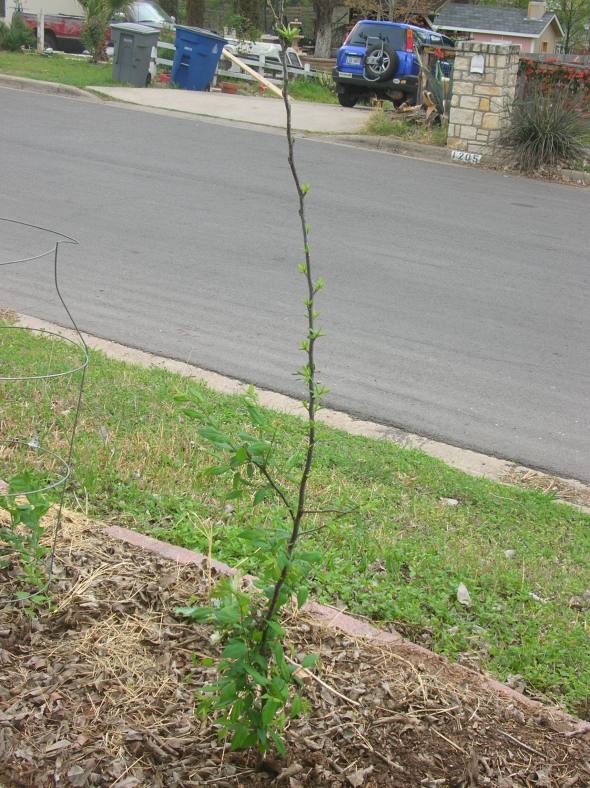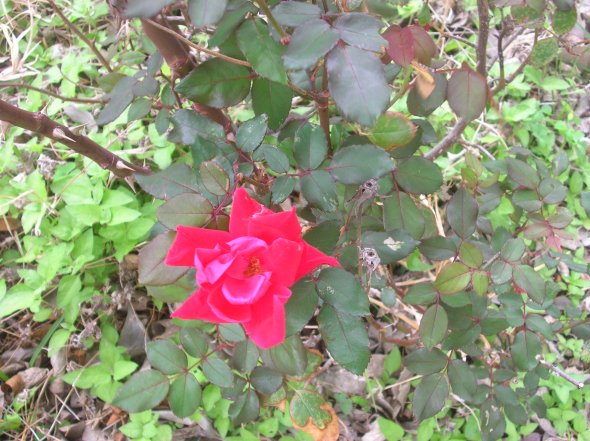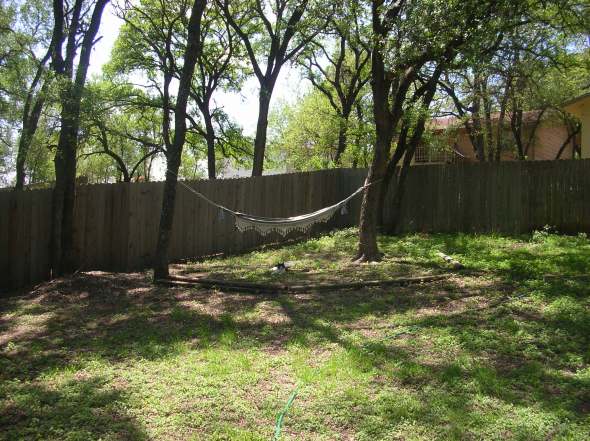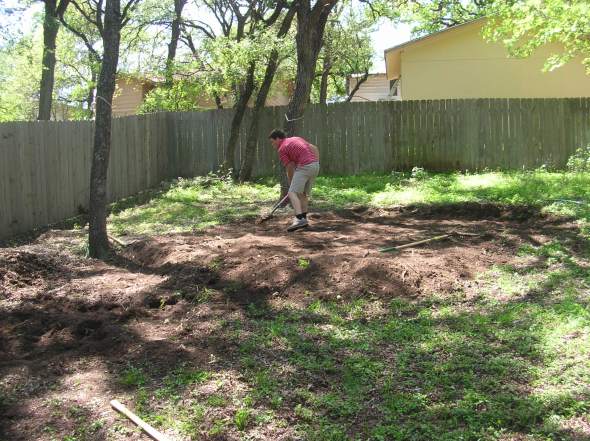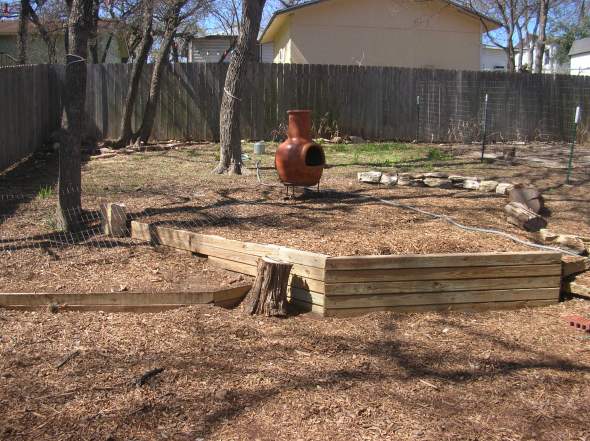The Time of the Butterflies
Spring gardening in Central Texas is an exciting time of year, not just because of the food coming out of the garden for human consumption, but also because the of the food that feeds non-human critters. While watering this morning, I spotted multiple caterpillars on the fennel and parsley plants. With a little research (thank you Google Images), I was able to identify the caterpillar that my garden most often feeds, year after year: The Black Swallowtail.
This particular species likes all the food found in the carrot family, Apiaceae (dill, fennel, parsley, Queen Anne’s lace). So how do the caterpillars find my garden? Well, the female butterfly lays her eggs on these plants knowing that the hungry caterpillars prefer them. After several weeks of serious munching (don’t get too attached to these plants because the caterpillars will eat them all), they build a cocoon and will emerge as a big, beautiful butterfly.
What amazes me with the Black Swallowtail caterpillar is that they always appear close to when the plants in the Apiaceae family are about to bolt (e.g. put flowers out) and then die (due to the TX heat). Obviously, this is typically when I would stop eating these plants anyway, so it’s really a perfect relationship 🙂
Last May I had the unbelievable luck to happen upon a butterfly that had literally just come out of her cocoon. She was so new that she was stretching her wings for the first time. It was an amazing site to see.
Planting native plants and/or adapted plants that attract indigenous wildlife is one fairly simple step to supporting a vibrant, native ecosystem. Here in Central Texas we are are lucky to have lots of resources at our fingertips of how to do so. Here are a few helpful websites:
National Wildlife Federation–Garden for Wildlife Program
Texas Parks and Wildlife Department’s Wildscapes Program
Lady Bird Johnson Wildflower Center
City of Austin Plant Guide
Plants a bloomin’
I’m excited to report that the FREE Mexican Plum tree that I received in the fall from the Treefolks Neighborwoods Program survived the harsh winter we had and is now producing leaves! (I didn’t think to cover it, like my garden, during the snow and cold.) I had the opportunity to pick from several native varieties; I chose the Mexican Plum because of the fruit it will produce in several years!. I’m hoping that it will attract wildlife to my yard and who knows, maybe I will be able to munch on the plums too. My rose bush is also looking lovely and starting to blossom. Don’t you love Spring?!
Bringing Back the Prairie
Ever since I worked in habitat restoration in Minnesota during college, I’ve had a love and respect for prairies. Most people do not realize that prairies are one of the most endangered ecosystems in the United States. Their plant, animal, fungi and insect diversity is pretty impressive. Additionally, they rely on fires to reproduce and thrive. Two years ago, I decided I would create a mini-prairie in my backyard.
Then I got chickens.
For their first 8 months outside, I let the ladies free range in the backyard. It was good for them, but not for my prairie. All of the native grasses and wildflowers I planted had been eaten and my backyard terraced area where the chimenea and hammock lived looked like a cratered moon surface. (Chickens LOVE to make little “holes” in which to roll and sit.)
Two weeks ago Andy helped build a smaller confined area for the chickens in the backyard. Now that the chickens are confined (but still have plenty of room to roam), I have a backyard again! Within a few days of the chickens’ absence, the grasses began to grow back. Sometime this month, when I get some free time (ha), I will trek over to my parent’s neighborhood where there are mounds of cedar trees that were cleared (for houses) and then mulched; they are left on the lot and generally up for the taking.
Two years ago when I “designed” my backyard space and prairie, I hauled about 4 truckloads of cedar mulch to my backyard. The result was a beautiful backyard on a budget!
Over the weekend, I sprinkled more native grass seeds. Today I sprinkled native wildflower seeds. Soon enough I will yet again have a [shady] prairie area with native grasses and flowers. I ordered all of them from my friend’s seed company, which is excellent. It’s called Native American Seed and is located in Junction, TX. Gorgeous area of the state, by the way.
The grasses included in the “Shade Friendly” mix are: Purpletop, Inland Seaoats, Prairie Wildrye, Sideoats Grama, Virginia Wildrye, Plains Bristlegrass and Texas Wintergrass.
The flowers included in the “Shade Friendly Wildflower” mix are: Purple Coneflower (echinecea), Lanceleaf Coreopsis, Golden-Wave, Clasping Coneflower, Cutleaf Daisy, Drummond Phlox, Black-Eyed Susan, Scarlet Sage, Winecup, Butterfly Weed and Pigeonberry.





